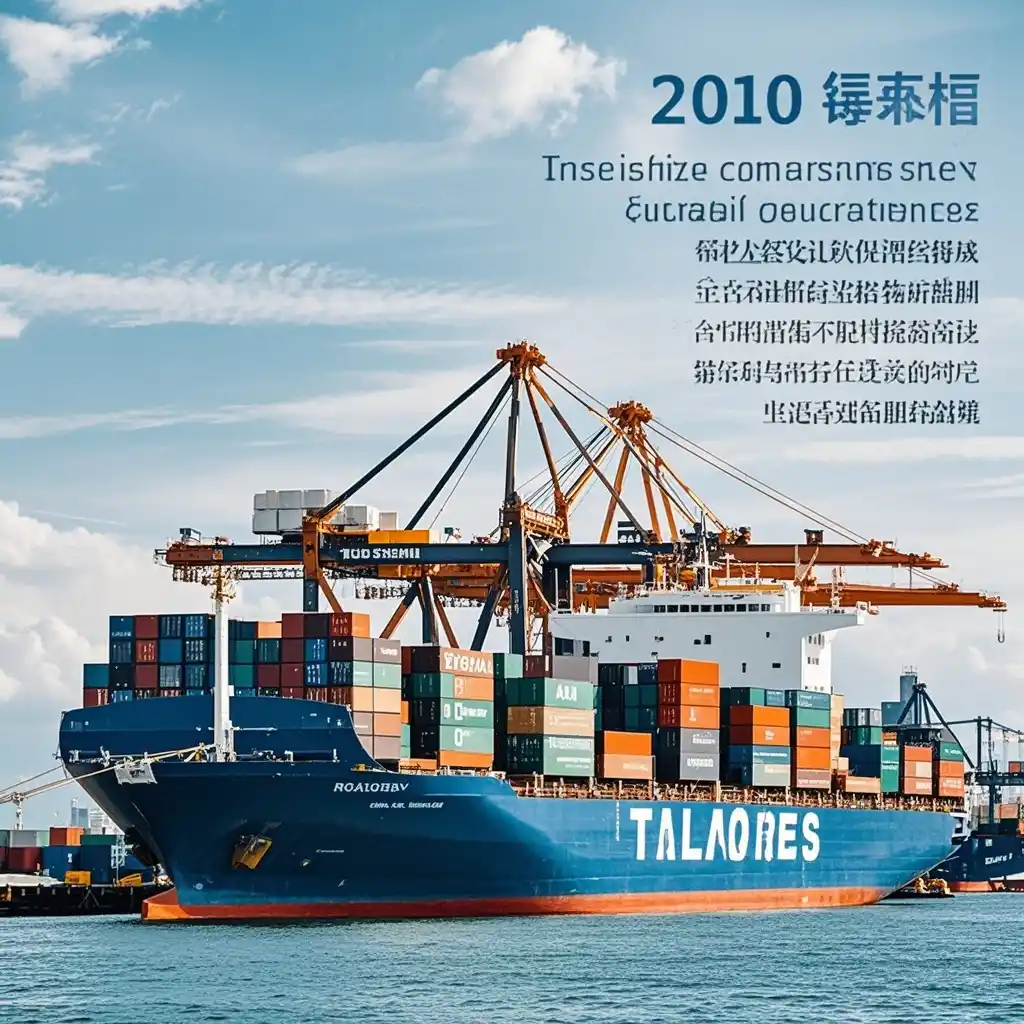

In the ever-evolving landscape of international trade, cross-border e-commerce enterprises are facing new challenges and opportunities with the introduction of new trade regulations. This has significantly increased the compliance costs, especially in terms of tariffs. Let's take a closer look at how these businesses can navigate through these changes effectively.
Background
The growth of cross-border e-commerce has been remarkable in recent years. It has opened up new markets for businesses of all sizes, allowing them to reach customers around the world with relative ease. However, as the volume of cross-border transactions has increased, so has the need for regulatory oversight. Governments are implementing new trade regulations to protect domestic industries, ensure fair competition, and manage the flow of goods and services across their borders.
One of the major impacts of these new regulations is the increase in tariffs. Tariffs are essentially taxes imposed on imported goods, and they can significantly raise the cost of doing business for cross-border e-commerce enterprises. For example, a small online clothing retailer that sources its products from a foreign manufacturer may now have to pay a much higher tariff on each item imported, cutting into its profit margins.
Overview of New Trade Regulations
The new trade regulations vary from country to country but generally cover aspects such as product classification, customs procedures, and documentation requirements. Product classification determines the applicable tariff rate, and accurate classification is crucial. For instance, a beauty product may be classified differently depending on its ingredients and intended use, and a wrong classification could lead to incorrect tariff payments.
Customs procedures have also become more stringent. This includes requirements for detailed product descriptions, accurate valuation of goods, and proper packaging labels. Documentation requirements have increased as well, with businesses needing to provide invoices, packing lists, and certificates of origin in a timely and accurate manner. For example, an electronics company exporting its products must ensure that all the necessary paperwork is in order to avoid delays and potential fines at the customs checkpoint.
Adaptation Strategies for Cross-border E-commerce Enterprises
1. Stay Informed and Educated
The first and most important step is to stay updated on the latest trade regulations. This can be done by subscribing to industry newsletters, following government trade agencies' announcements, and participating in webinars and workshops related to international trade. For example, a home decor e-commerce business can regularly check the websites of the customs authorities in the countries it exports to for any changes in regulations. By being well-informed, businesses can anticipate changes and take proactive measures to comply.
2. Invest in Compliance Management
Given the complexity of the new regulations, it may be necessary for enterprises to invest in compliance management systems or hire dedicated compliance officers. A large furniture e-commerce company, for instance, might implement a software system that automates the process of product classification and documentation management. This not only reduces the risk of errors but also saves time and resources in the long run. Compliance officers can also ensure that the company is following all the necessary procedures and can handle any issues that arise with the customs authorities.
3. Optimize Supply Chain
Reevaluating and optimizing the supply chain can help mitigate the impact of increased tariffs. This could involve sourcing products from different regions with more favorable trade agreements or establishing local manufacturing or warehousing facilities. For example, a toy e-commerce business that used to import all its products from a single country with high tariffs might consider diversifying its sources by looking into suppliers in other countries with lower or no tariffs. Or, it could explore the option of setting up a small manufacturing unit in a domestic free trade zone to reduce the reliance on imports and lower the tariff burden.
4. Build Strong Relationships with Customs Authorities
Establishing good communication and a positive relationship with customs authorities can be beneficial. This can be achieved by being responsive to their inquiries, providing accurate information promptly, and participating in any customs-related initiatives or consultations. A jewelry e-commerce enterprise, for example, could work with the local customs office to understand their specific concerns and requirements regarding the import of precious stones and metals. This way, if there are any issues during the customs clearance process, the business is more likely to receive favorable treatment and resolve the problems quickly.
Summary
In conclusion, the new trade regulations with increased tariffs pose significant challenges for cross-border e-commerce enterprises. However, by understanding the background and details of these regulations and implementing the appropriate adaptation strategies such as staying informed, investing in compliance management, optimizing the supply chain, and building strong relationships with customs authorities, these businesses can not only comply with the regulations but also continue to thrive in the international marketplace. It is essential for cross-border e-commerce enterprises to be proactive and adaptable in the face of these changes to ensure their long-term success and growth.